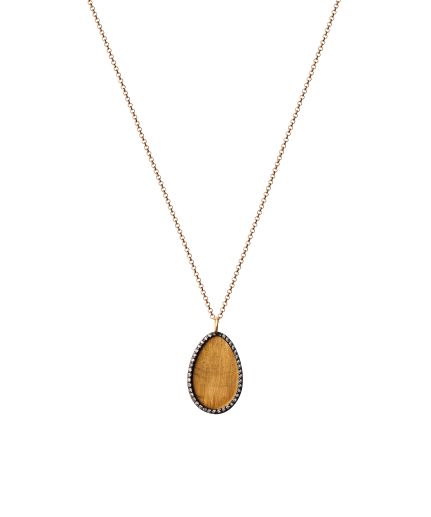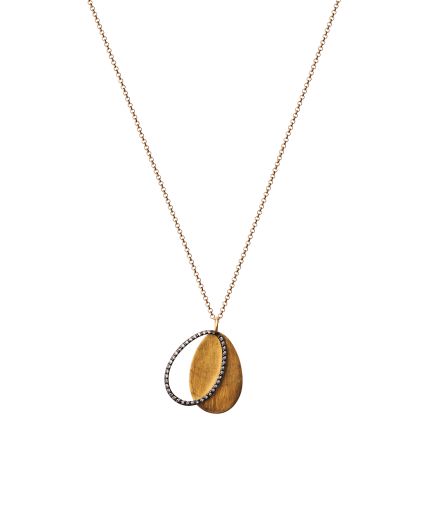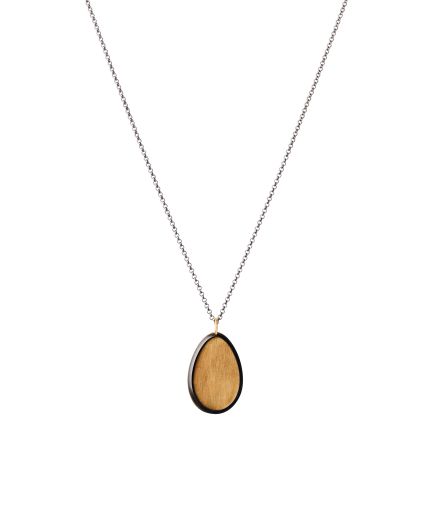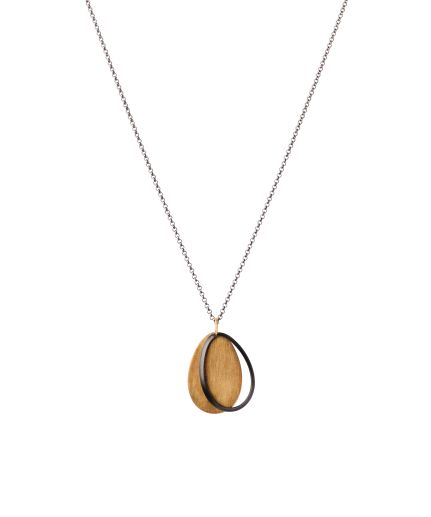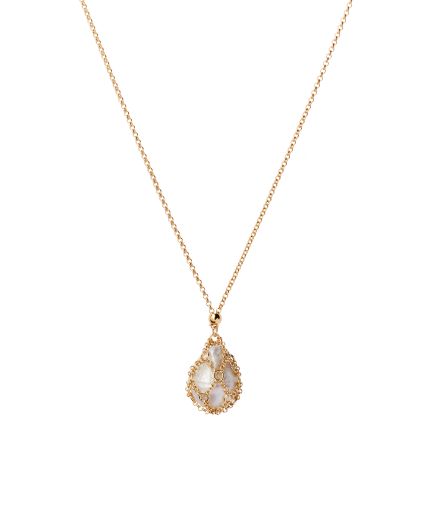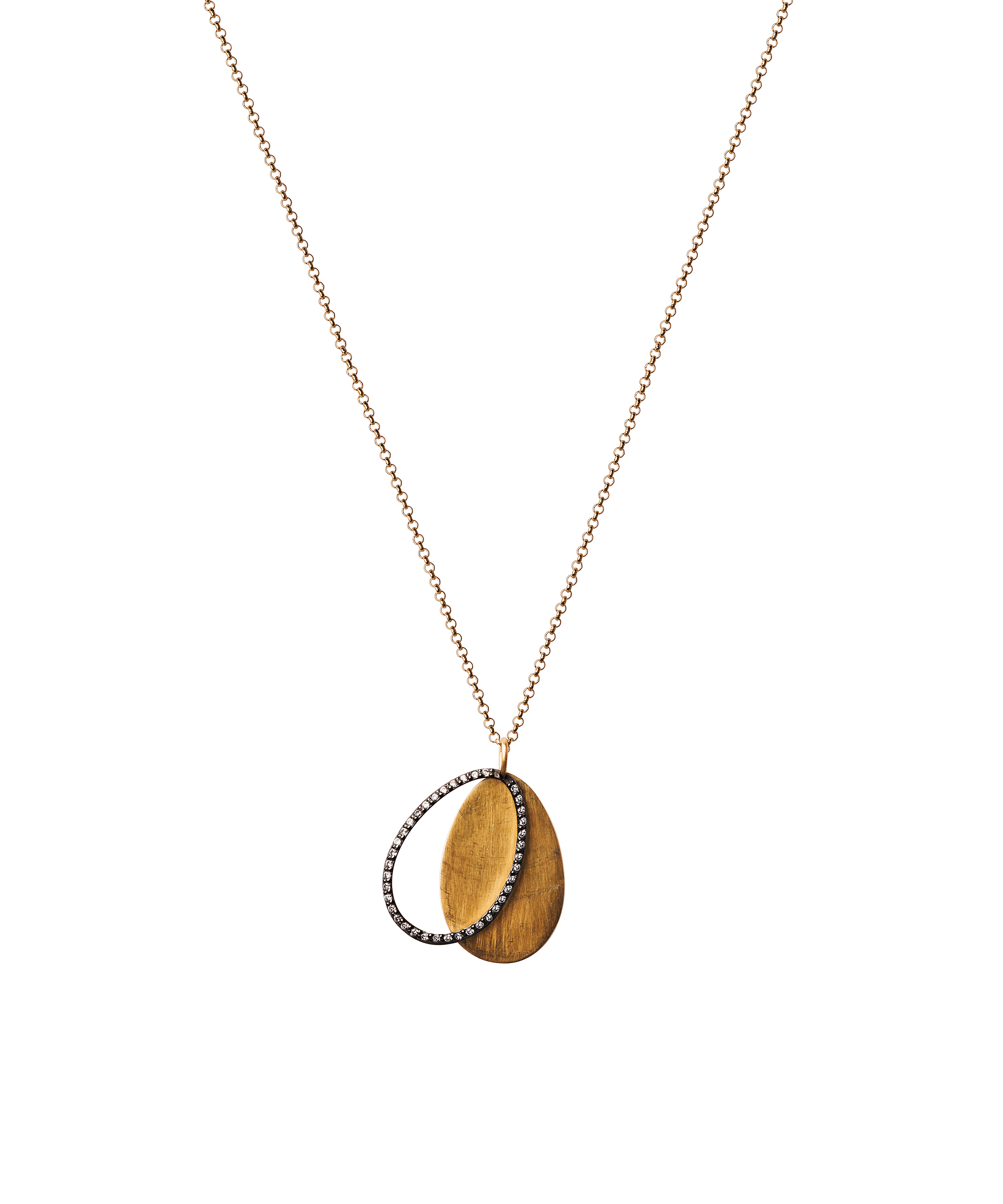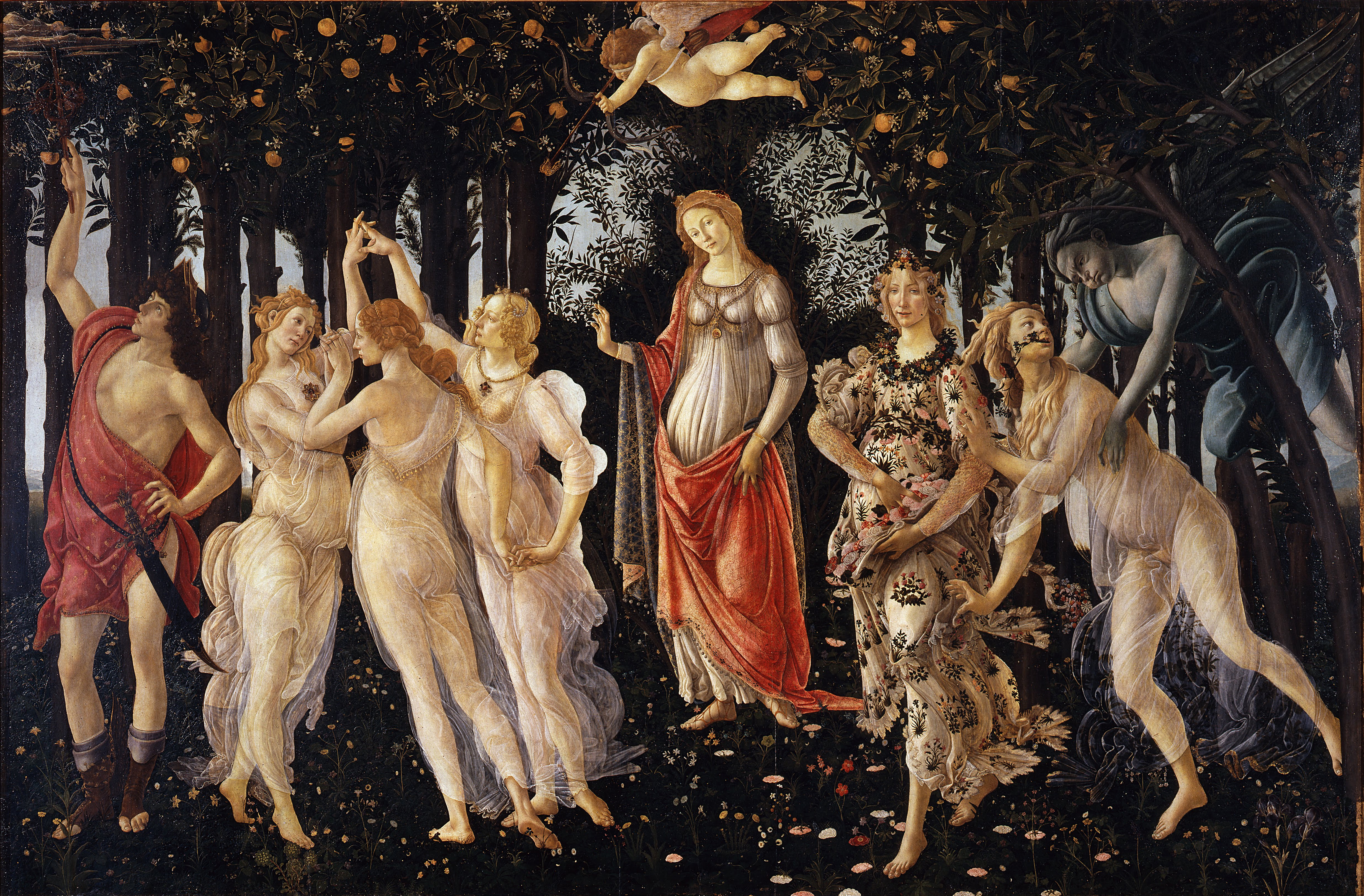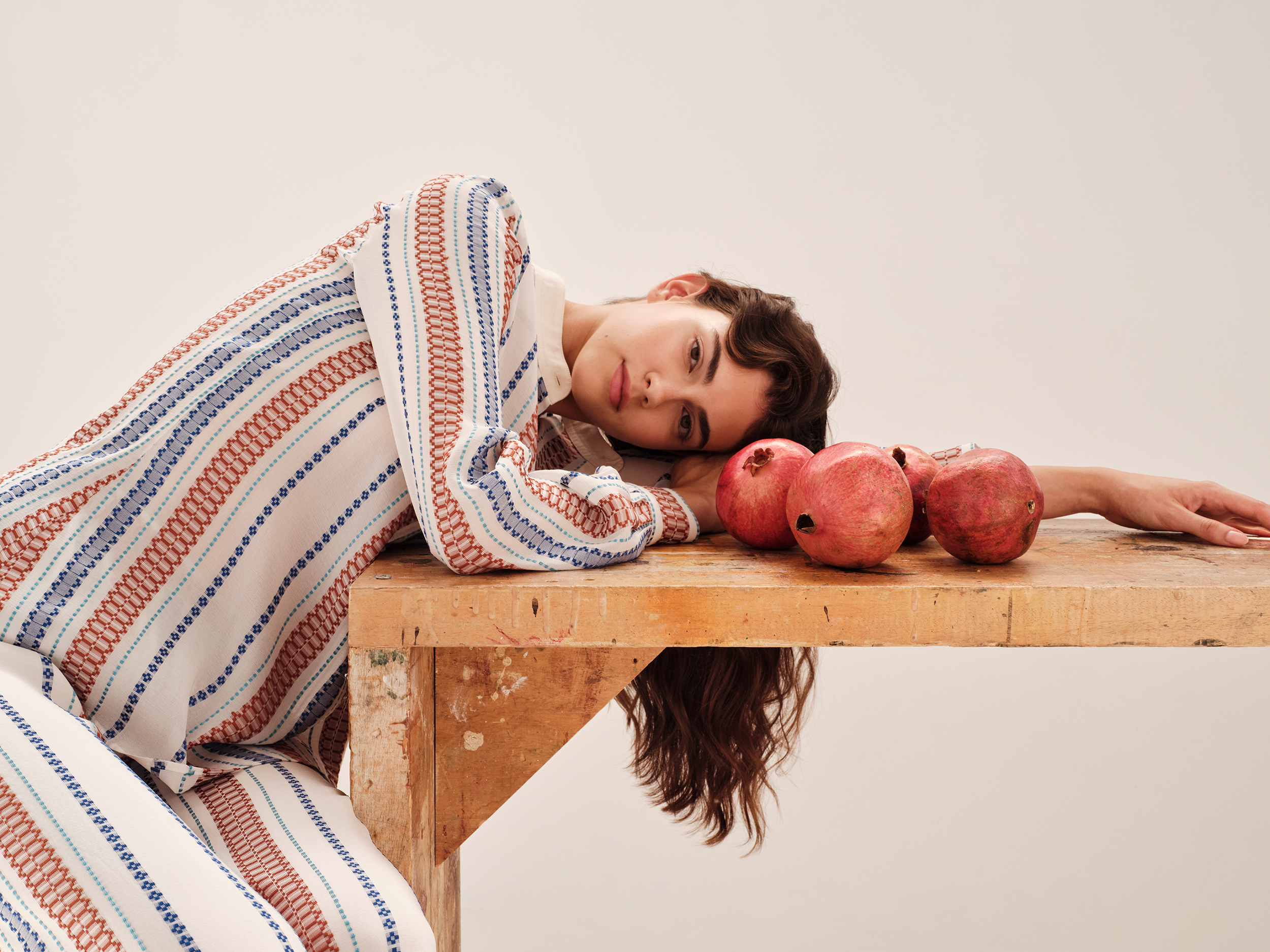Egg & Myrtle: In Conversation with Dr. Aikaterini Polymerou-Kamilaki
Following the recent launch of ‘Myrto’ & ‘Myrene’ Easter Egg pendants, on this Sunday’s Authentic we host the esteemed Dr. Aikaterini Polymerou-Kamilaki, for an insightful conversation on the enduring symbols of the egg and myrtle. An emerita Researcher and former Director of the Center for Folklore Studies at the Academy of Athens, with a rich academic background from the School of Philosophy in Athens to advanced studies in Vienna, Dr. Polymerou-Kamilaki has dedicated four decades to the exploration of Greek folklore, steering the Research Center for 20 years into the 21st century. Today, she continues to engage with folk culture, drawing inspiration from its artistry and techniques.


Starting with the egg, could you share your insights into its significance across cultures and traditions?
Certainly. The egg is a profound symbol of life's regeneration, a motif that transcends cultures. From the cosmic eggs of ancient myths to the red eggs of Christian Easter, it represents rebirth and renewal. This universal symbol finds its place not only in religious rituals but also in the folklore of numerous societies, embodying the cycle of life and the promise of new beginnings.
And what about the egg's use in magic and divination?
Eggs have long been associated with protection against evil and misfortune and foresight. Techniques like oomancy, where eggs are cracked into water to predict future events, showcase their mystical dimensions. In Lesvos, on the evening of St. John's Eve, young women engaged in other customs as well. They would fill a glass with water, break an egg, and separate the white part. Upon pouring it into the water, by the next day, it forms shapes similar to how coffee sediments do, allowing them to see the man they are to marry.
Ilmatar by Robert Wilhelm Ekman, 1860
Moving on to myths, could you highlight a myth where the egg's role in creation or its symbolism truly stands out?
In the Finnish epic, the "Kalevala," there's a beautiful tale that places the egg at the heart of creation itself. It revolves around Ilmatar, the primordial water spirit, who, after descending from the air to the ocean, becomes the nesting ground for a wild duck. This duck lays seven eggs - six golden and one of iron - on Ilmatar's knee, mistaking it for a solid piece of land. When Ilmatar stirs, the eggs tumble into the waters below and shatter. But from their fragments, the world is born: the halves of an egg form the earth and sky, the yolk becomes the sun, the streaks transform into stars, and the dark spots turn into clouds.

Egg decoration and painting is a tradition in many cultures. How has this art form evolved?
In Greek culture, the tradition of gifting decorated eggs during significant life events, like the birth of a child or an engagement, symbolizes expressions of love, tenderness, and friendship. The evolution of egg decoration is a fascinating journey through European traditions, where each design or inscription on an egg embodies wishes for life, protection, and fertility. Crafted from diverse materials such as wood, stone, clay, or even pressed paper, these eggs are transformed through art forms like painting or wax batik, often incorporating natural elements like leaves. This also serves as a source of inspiration for contemporary artists and craftspeople.



Shifting our focus to myrtle, how is it used in cultural and religious practices?
Myrtle, much like the egg, holds deep symbolic meaning. Traditionally, on Palm Sunday, we use myrtle alongside laurel or palm branches to decorate temples. This involves harvesting branches from wild myrtle trees, which are in bloom at this time, to adorn the entrances and interiors of churches. We also scatter myrtle leaves inside the church as part of the ritual. Furthermore, crowns made of myrtle are crafted to honor heroes and dignify statues during national celebrations, reflecting its deep-rooted significance in our cultural heritage.
Are there any traditional uses of myrtle?
Of course there are! Myrtle has practical applications that showcase its unique properties. For instance, in September, we clean barrels with a decoction made from myrtle branches and aromatic herbs such as oregano, walnut leaves, thyme, and mastic. This not only cleanses but also infuses the barrels with myrtle's high salicylic acid content and its robust aroma, preparing them for the new wine. Then there's Myrtoraki, a beloved beverage in Crete, crafted from ripe black myrtle berries mixed with raki. This drink is cherished also for its medicinal benefits, providing relief from ailments like colds, toothaches, and stomach pains. Historically, the juice from black myrtle berries was also used as a natural dye for hair.
Can you share insights into the myrtle's sacred role in antiquity, particularly its ties to Aphrodite and the legends that underscore its significance?
In ancient times, the myrtle, alongside the laurel and olive, was celebrated as a sacred tree, each under the protection of different deities. The myrtle was especially dear to Aphrodite, embodying love and mourning. This association is poignantly depicted in the myth of Aphrodite and Adonis, where Aphrodite uses myrtle branches to mourn her beloved Adonis after his tragic death, symbolizing both her love and her grief. Furthermore, the myrtle's name is steeped in legend, with tales of Myrsine and Myrina highlighting its sacredness. Myrsine, an athlete beloved by Athena, was transformed into a myrtle after her jealous rivals murdered her. Myrina, was a devoted priestess of Aphrodite, who, after being abducted for marriage, was also turned into a myrtle, making it a sacred plant endowed with a divine fragrance by Aphrodite.

